Komodo National Park: Conservation Vs Sustainable Tourism
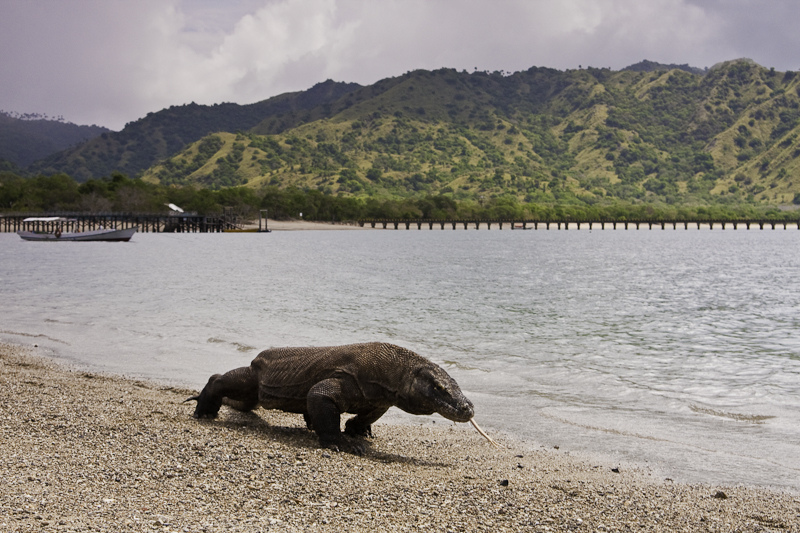
Photo Credit : Adhi Rachdian
Komodo National Park consists of three large islands: Komodo Island, Rinca Island, and Padar Island, as well as several smaller islands. The land area of this national park is 603 km², and the total area is 1817 km².
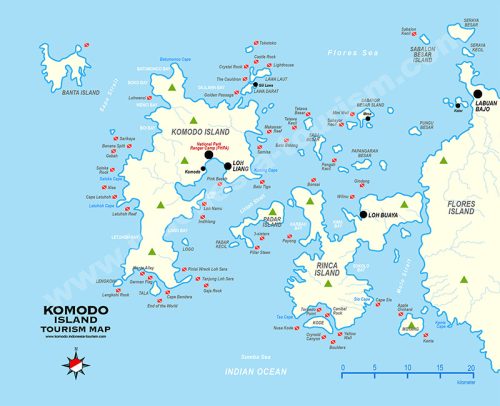
Photo Credit : Indonesia-Tourism.com
In 1980, Komodo National Park was established to protect the Komodo dragon and its habitat. The national park is home to 277 species of animals that are a mix of species from Asia and Australia, consisting of 32 species of mammals, 128 species of birds, and 37 species of reptiles. Alongside the Komodo dragon, at least 25 species of terrestrial animals and birds are protected. Additionally, the area includes coral reefs, with at least 253 species of reef-building corals and around 1,000 species of fish found there.
Komodo National Park, as a natural conservation area with original ecosystems, is managed with a zoning system used for purposes such as research, science, education, supporting cultivation, tourism, and recreation.
According to data from the Komodo National Park Authority, Komodo dragons are spread across five islands. The Komodo dragon population in 2021 included 1,728 on Komodo Island, 1,385 on Rinca Island, 19 on Padar Island, 81 on Gili Motang Island, and 90 on Nusa Kode Island, totaling 3,303 dragons.
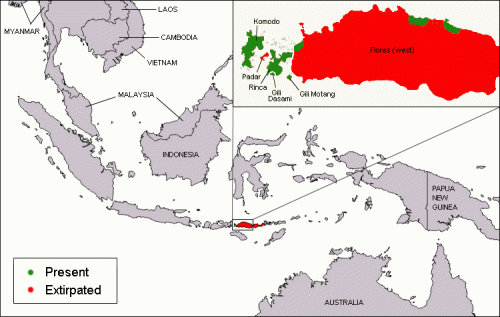
Photo Credit : TommyKnocker
In 1991, Komodo National Park officially became a World Heritage site. However, since 1977, the Komodo islands area had already been designated as a biosphere reserve. Its core area of 173,300 hectares is inhabited by one of the ancient creatures, the Komodo dragon.
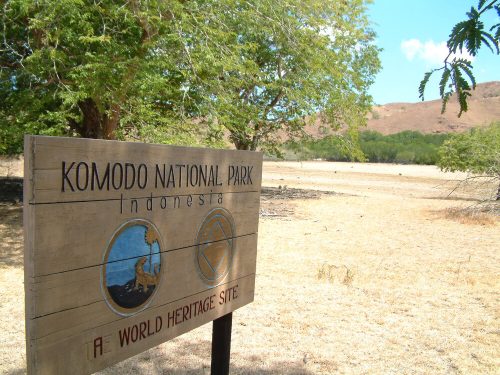
Photo Credit : Evergreen
The tourism management changes in Komodo National Park, East Nusa Tenggara, involve focusing Rinca Island as a tourist destination with a target of 1-1.5 million visitors per year. Meanwhile, Padar Island and Komodo Island will be directed towards conservation with exclusive tourism at special rates.
Under this scheme, the entrance fee for Komodo and Padar Islands will increase from IDR 150,000 to IDR 3.75 million per person. This entrance fee compensates for the ecosystem service value that diminishes with each tourist visit. The diminished ecosystem services of Komodo National Park include water availability during tourist visits, the oxygen inhaled, waste produced, pollution, and environmental damage.
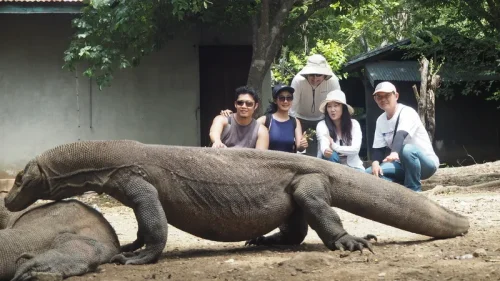
Photo Credit : Be Borneo
Additionally, the management of entrance tickets to these exclusive areas will no longer be handled by the Komodo National Park Authority (BTNK) but by PT Flobamor, a regional company of East Nusa Tenggara Province, and its business partners. Other empowerment initiatives by Flobamor include:
- Purchasing handcrafted souvenirs from Komodo Island residents. "Visitor volume may decrease, but the benefits received are greater because the IDR 15 million per 4-person package per year already includes many benefits for tourism actors and the local community, with a IDR 1 million discount per package allocated for souvenir purchases."
- Empowering the community in Komodo Island by employing them as naturalist guides, acknowledging that Komodo Island residents have long been involved in conservation efforts.
This tourism project development involves local communities. In Komodo Village, local residents are now invited to participate in all tourism businesses instead of just being spectators. Therefore, the presence of Flobamor is expected to add resources for the community to continue conservation efforts regularly.
Previously, the government had also issued concession permits to various companies to open resorts and other tourism businesses on Komodo, Padar, Rinca, and Tatawa Islands, covering a total area of 452.37 hectares. The central government, through the Ministry of Environment and Forestry (KLHK), claims that granting tourism permits in Komodo National Park to several private companies is "allowed" and commits to continuing to involve the local community. Private companies cannot have control over the National Park (TNK) because it is a special area under the jurisdiction of the Ministry of Environment and Forestry (KLHK). Therefore, he said, Flobamor will not conduct concessions because all areas remain the property of the KLHK. "Flobamor is only granted a permit for nature tourism services in the areas agreed upon in the cooperation agreement. So Flobamor has nothing to do with prohibiting fishing or any fishing activities. He continued that if any prohibitions exist, it is the KLHK that enforces them, not Flobamor.
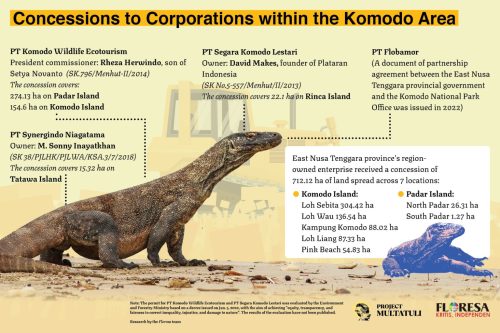
Photo Credit : Zulfikar Arief/Project M
The president's announcement clarifies a new management scheme for Komodo National Park: Rinca Island and its surrounding marine areas are designated for mass tourism, while Komodo and Padar Islands and their surrounding marine areas are designated for exclusive tourism managed by corporations. Besides the new tariff rates, the number of visitors will also be limited to around 219,000 people per year. This number is below the highest record of visits in 2019, which reached 221,000 people.
The Department of Tourism and Creative Economy (Disparekraf) of East Nusa Tenggara (NTT) has launched the INISIA application. This application includes the Komodo Wildlife System as a platform to contribute to conservation and to manage the governance of visits and activities of tourists visiting Komodo Island, Padar Island, and the surrounding waters. With the Komodo Wildlife System, it is hoped that the management of visits to Komodo Island, Padar Island, and the surrounding waters can be improved.
The Komodo Wildlife System within the digital platform INISA is intended for visit management or as a traffic controller for transactions. Based on reservation data, it is known who, how many, and where visitors will be within the area. This will certainly facilitate management, including surveillance and patrols," he continued, visit management is one of the programs implemented at the beginning of the cooperation period to address issues and problems, especially related to the governance currently occurring on Komodo Island, Padar Island, and the surrounding waters. This effort is to prevent overtourism that impacts Komodo behavior, waste management, damaged coral reefs, poaching, illegal fishing, tiger net usage, and overfishing. If these issues are not addressed promptly, over time, the loss of ecosystem service values in the area is projected to damage the Komodo habitat. However, the Komodo Wildlife System is already accessible and can be used by any tourist wishing to visit the conservation areas of Komodo Island, Padar Island, and the surrounding marine areas.
UNESCO has asked Indonesia to submit a revised EIA for the project, which will then be reviewed by the International Union for Conservation of Nature (IUCN). They also noted that Indonesia should provide detailed information on the tourism master plan to ensure the protection of OUV. The Indonesian government claims that development on Rinca Island does not cause or lead to negative impacts on the Outstanding Universal Value (OUV) of the Komodo National Park World Heritage Site.
The preparation or revision of the Integrated Tourist Master Plan (ITMP) for Labuan Bajo, including Rinca and Padar Islands, has been reviewed by UNESCO, and technical advice has been provided to the Indonesian government. In this regard, ensuring that tourism development plans do not impact the OUV of the Komodo National Park World Heritage Site.
Furthermore, the RMM team reviewed marine management and law enforcement capacity within the World Heritage Site. This includes a special emphasis on controlling illegal fishing activities and ship mooring. They also provided recommendations to the country.
The RMM team has held several meetings and field visits. Some visited locations include Loh Buaya Resort (Rinca Island), South Padar Resort (Padar Island), and Loh Liang Resort (Komodo Island). UNESCO and IUCN teams also directly observed the natural tourism infrastructure arrangement carried out by the Ministry of PUPR at Loh Buaya Resort.
-YN

